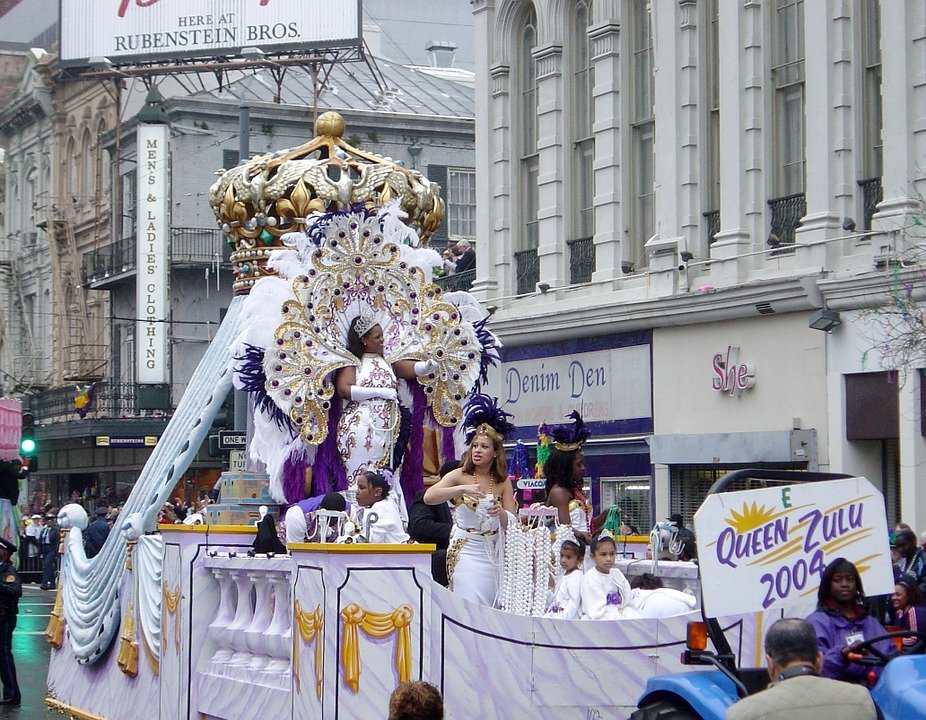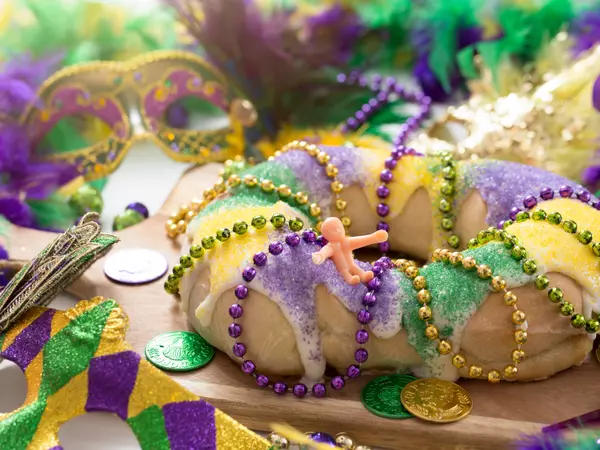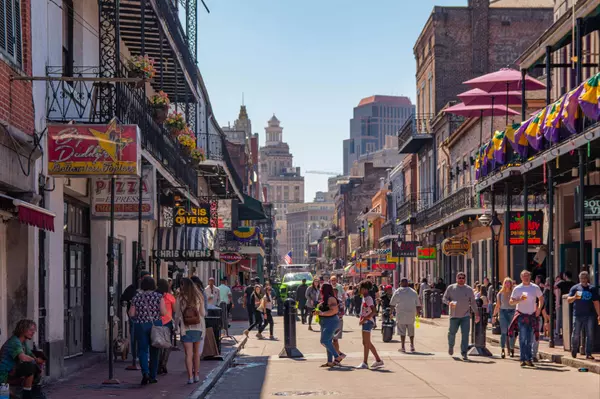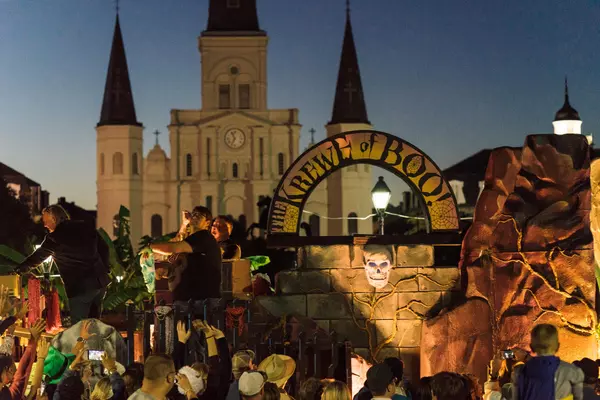Understanding the Fundamentals of Mardi Gras
With Mardi Gras around the corner and festivities already starting, it’s important to understand the fundamentals of this massive event. Whether you’re brand new to the New Orleans area or you’ve been around for years, a reminder is always a good idea. Here’s how the fundamentals of Mardi Gras break down.
When is Mardi Gras?
Unlike some holidays, Mardi Gras doesn’t have a set date. It can happen anywhere from February 3rd to March 9th. This year (2018) it happens to be on February 13th.
Mardi Gras is the day before Ash Wednesday and fluctuates depending on the Catholic Lenten calendar It’s always 47 days before Easter Sunday, which includes 40 days of Lent and 7 Sundays.
Why Purple, Green and Gold?
The colors of Mardi Gras are Purple, Green and Gold. These colors have been the official colors of Mardi Gras since 1872, which was when Rex, the King of Carnival selected the colors. In 1892, meaning was assigned to each color including:
- Purple for Justice
- Gold for Power
- Green for Faith
The colors have remained since.

What’s the Theme of Mardi Gras?
The entire event of Mardi Gras doesn’t have a specific theme. However, the parades found within the celebration all provide a theme of their own. They will reflect the theme of the krewe for that year. Once the krewe decides on a theme, Maskers, floats and other decorations will fall in line with the theme.
There have been about 2,000 parades throughout New Orleans since 1857 and the themes have ranges anywhere from sublime to absolutely ridiculous. Some have included:
- Historic themes
- Legends
- Famous People
- Literature
- Mythology
- Entertainment
- Geography
Often, the themes will also include Greek, Egyptian and Roman sources since these three cultures were filled with mythology. Many of the krewes are named after sources from these three cultures, as well.

The Parades
Most of the parades held will follow a standard format. They will usually have a captain at the front of the procession on a special float, on horseback or in a convertible vehicle. After the captain, there will be officers, a king or queen, maids, dukes and even the title float. In addition, many of the parades will include dance groups, clown units, band members, motorcycle squadrons and more. It’s common for a single parade to have 3,000 or more participants.
The official parade season starts on the second Friday before Fat Tuesday However, many pre-season parades happen and many start in January. About 70 total parades will be held throughout four parishes, which include:
- St. Tammany
- Jefferson
- Orleans
- St. Bernard
Since 1871, baubles have been tossed from floats. The parade royalty will vary from one krewe to another, as well. Mardi gras parades are very family friendly, but it’s important to know how to ensure you have a safe and happy Mardi Gras with your family.
The Super-krewes
Bacchus, Orpheus and Endymion are three of the super-krewes, which are scheduled three nights before Fat Tuesday. They will feature a total of 110 floats, 90 marching bands and over 350 units just between the three krewes.
In addition, there will be 3,500 members tossing over 2 million cups, more than 3.5 million doubloons and about 350,000 gross of beads.
The parades for Mardi Gras attract a ton of celebrity attention. Over the years, many have attended, such as Bob Hope, Dolly Parton, Jackie Gleason, Kirk Douglas and so many more. Check out the Mardi Gras parade schedule for a list of dates, times and places for the parades this year.
Categories
Recent Posts










